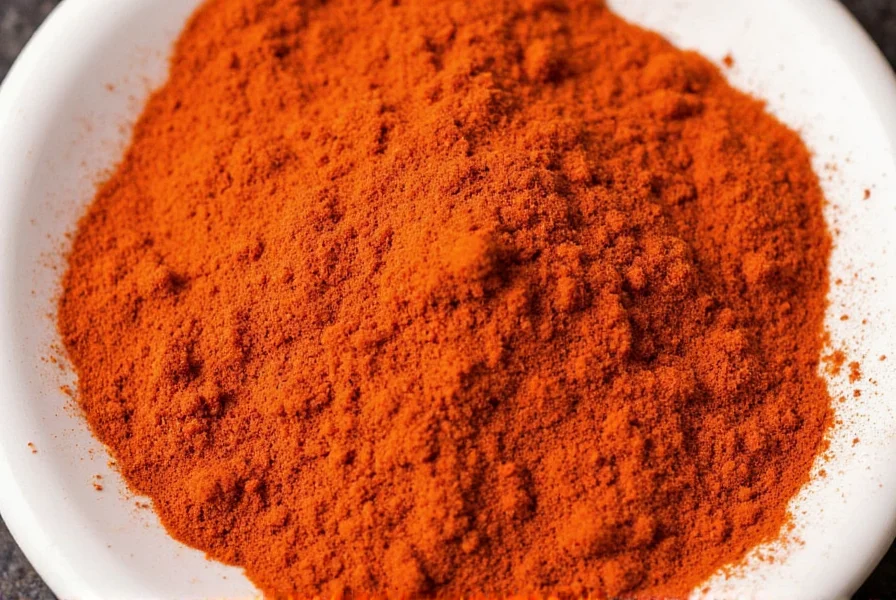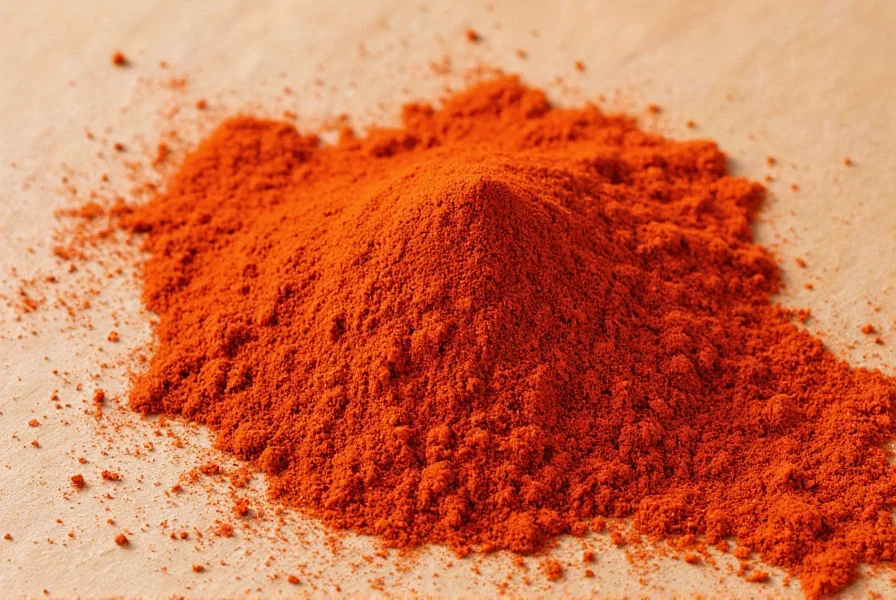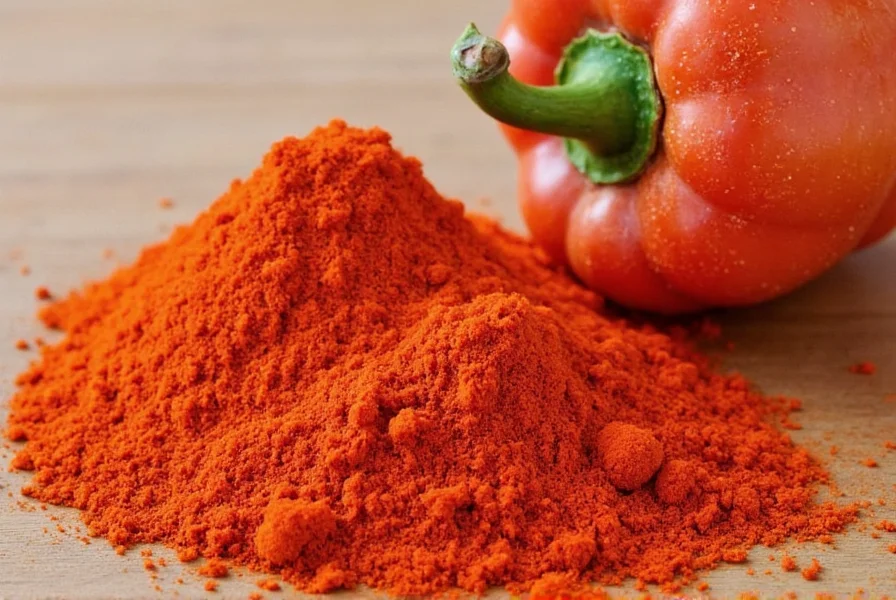Discover the transformative power of paprika in your kitchen with these carefully curated recipes that showcase this versatile spice's full spectrum of flavors. Whether you're working with sweet Hungarian, smoked Spanish, or hot varieties, these dishes highlight paprika's ability to elevate simple ingredients into memorable meals.
Understanding Paprika Varieties and Their Culinary Applications
Paprika's magic lies in its diversity. Understanding the different types helps you select the perfect variety for your easy paprika recipes for dinner or special occasions.
| Type of Paprika | Flavor Profile | Best Recipe Applications |
|---|---|---|
| Sweet Hungarian | Mild, earthy, slightly sweet | Traditional goulash, chicken paprikash, deviled eggs |
| Smoked Spanish (Pimentón) | Deep, smoky, complex | Patatas bravas, roasted vegetables, bean stews |
| Hot Hungarian | Spicy with underlying sweetness | Spicy meat dishes, chili variations, bold sauces |
Proper storage maintains paprika's vibrant color and flavor—keep it in an airtight container away from light and heat. For maximum impact in your hungarian paprika recipes, bloom the spice in warm oil before adding other ingredients, which releases its essential oils and intensifies the flavor.
Signature Paprika Recipes to Transform Your Cooking
Authentic Hungarian Goulash

This traditional goulash recipe with paprika forms the foundation of Hungarian cuisine. The slow cooking process allows the paprika to meld with tender beef and vegetables, creating a deeply flavorful stew.
Ingredients:
- 2 lbs beef chuck, cubed
- 3 tbsp sweet Hungarian paprika
- 1 large onion, finely chopped
- 2 carrots, sliced
- 2 parsnips, sliced
- 4 cups beef broth
- 2 tbsp tomato paste
- Salt and pepper to taste
Instructions:
- Brown beef in a large pot, then remove and set aside.
- Sauté onions until golden, then stir in paprika (be careful not to burn it).
- Return beef to pot, add remaining ingredients.
- Cover and simmer for 2-3 hours until meat is tender.
- Adjust seasoning and serve with crusty bread.
This traditional goulash recipe with paprika showcases how the spice creates depth without overwhelming heat. For best results, use freshly ground paprika and avoid boiling after adding the spice to prevent bitterness.
Smoked Paprika Roasted Vegetables

These paprika roasted vegetable recipes highlight smoked paprika's ability to add complexity to simple ingredients. The natural sugars in the vegetables caramelize beautifully with the smoky spice.
Ingredients:
- 3 cups mixed vegetables (potatoes, bell peppers, onions, zucchini)
- 2 tbsp smoked Spanish paprika
- 3 tbsp olive oil
- 3 garlic cloves, minced
- 1 tsp thyme
- Salt to taste
Instructions:
- Preheat oven to 400°F (200°C).
- Toss vegetables with oil, paprika, garlic, thyme, and salt.
- Spread in a single layer on a baking sheet.
- Roast for 35-45 minutes, stirring once, until golden and tender.
- Serve immediately as a side or over grains for a complete meal.
Essential Techniques for Cooking with Paprika
Master these techniques to maximize paprika's potential in your smoked paprika chicken recipes and other dishes:
- Bloom paprika in fat: Heat oil or butter first, then add paprika and cook for 30-60 seconds before adding other ingredients. This unlocks its full flavor profile.
- Add at the right time: For soups and stews, add paprika toward the end of cooking to preserve its delicate flavor. In dry rubs, apply paprika directly to proteins before cooking.
- Balance acidity: Paprika pairs beautifully with tomatoes and citrus—add a splash of vinegar or lemon juice to brighten paprika-based sauces.
- Combine with complementary spices: Pair with cumin for depth, garlic for savoriness, or a pinch of cayenne for heat without overpowering the paprika.
When developing your own best paprika recipes for beginners, start with 1-2 teaspoons of paprika per serving and adjust to taste. Remember that smoked paprika has a stronger flavor than sweet varieties, so you'll need less.
Troubleshooting Common Paprika Cooking Challenges
Even experienced cooks encounter issues with paprika. Here's how to solve them:
- Bitter paprika flavor: This happens when paprika burns. Always cook it gently in fat without letting it smoke, and never add it directly to high-heat cooking.
- Faded color: Paprika loses vibrancy when exposed to light and air. Store in an opaque container and use within 6 months for best color.
- Weak flavor impact: Bloom paprika properly in fat and pair with ingredients that enhance its flavor, like onions, garlic, and tomatoes.
- Overpowering heat: If using hot paprika, balance with dairy (sour cream, yogurt) or sweetness (honey, roasted vegetables).
What's the difference between sweet and smoked paprika?
Sweet Hungarian paprika offers a mild, earthy flavor perfect for traditional goulash and chicken paprikash. Smoked Spanish paprika (pimentón) provides a deep, complex smokiness ideal for roasted vegetables and patatas bravas. They're not interchangeable in recipes that rely on their distinctive characteristics.
Can I substitute paprika if I don't have it?
While no perfect substitute exists, you can create a reasonable alternative by combining chili powder (for color and mild heat) with a touch of cumin (for depth). For smoked paprika, add a tiny drop of liquid smoke. However, authentic paprika recipes work best with the real spice.
Why does my paprika taste bitter in recipes?
Bitterness occurs when paprika burns. Always add it to warm oil rather than hot oil, and cook for no more than 30-60 seconds before adding other ingredients. Never add paprika directly to high-heat cooking surfaces.
How should I store paprika to maintain freshness?
Store paprika in an airtight container away from light, heat, and moisture. A dark cupboard is ideal. Properly stored, it maintains peak flavor for 6-12 months. For extended freshness, keep it in the refrigerator or freezer.
What are the best proteins to pair with paprika?
Paprika complements chicken exceptionally well, especially in paprikash recipes. It also enhances beef (in goulash), pork, and eggs. For vegetarian options, it pairs beautifully with potatoes, beans, and roasted vegetables. The spice's versatility makes it suitable for nearly any protein when matched with the right paprika variety.











 浙公网安备
33010002000092号
浙公网安备
33010002000092号 浙B2-20120091-4
浙B2-20120091-4